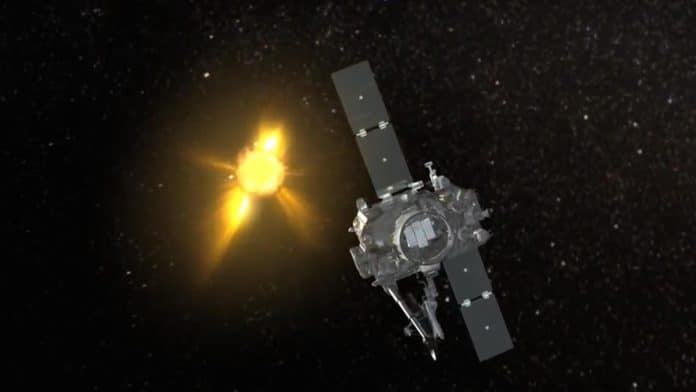After 25 years off the radar, the experimental satellite S73-7, which was launched in 1974, has been found thanks to United States Space Force tracking data.
The satellite disappeared from radar not once, but twice — once in the 1970s and then again in the 1990s.
After 25 years off the radar, the experimental satellite S73-7, which was launched in 1974, has been found thanks to United States Space Force tracking data.
This discovery sheds light on the challenges of monitoring the tens of thousands of objects orbiting our planet.
The S73-7 satellite began its space journey on April 10, 1974, as part of the United States Air Force Space Test Programme. It was launched from the larger KH-9 satellite, creating the so-called “Hexagon System.”
After a failed attempt to inflate a satellite that was intended to serve as a calibration target for remote sensing equipment, S73-7 disappeared into space, joining the unwanted space debris.
Jonathan McDowell, an astrophysicist at the Harvard-Smithsonian Centre for Astrophysics, told Gizmodo that the satellite disappeared from radar not once, but twice — once in the 1970s and then again in the 1990s.
“The problem is that it probably has a very low radar cross section,” McDowell explained.
Identifying each of over 20,000 objects in orbit is quite a challenge. While ground-based radars and optical sensors can track space debris and include it in a satellite catalog, determining precisely what each object is can be difficult.
The discovery of the S73-7 satellite after 25 years of tracking is a triumph for those trying to monitor the tens of thousands of lost satellites and other debris orbiting our planet.
As McDowell noted, “If you’re missing one or two objects, it’s not a big risk. But you want to do as good a job as you can.”
As more satellites head into space, the task will become even more difficult to know what exactly is out there and what kind of threat it might pose. This discovery represents an important step towards better understanding and managing our cosmic environment.














